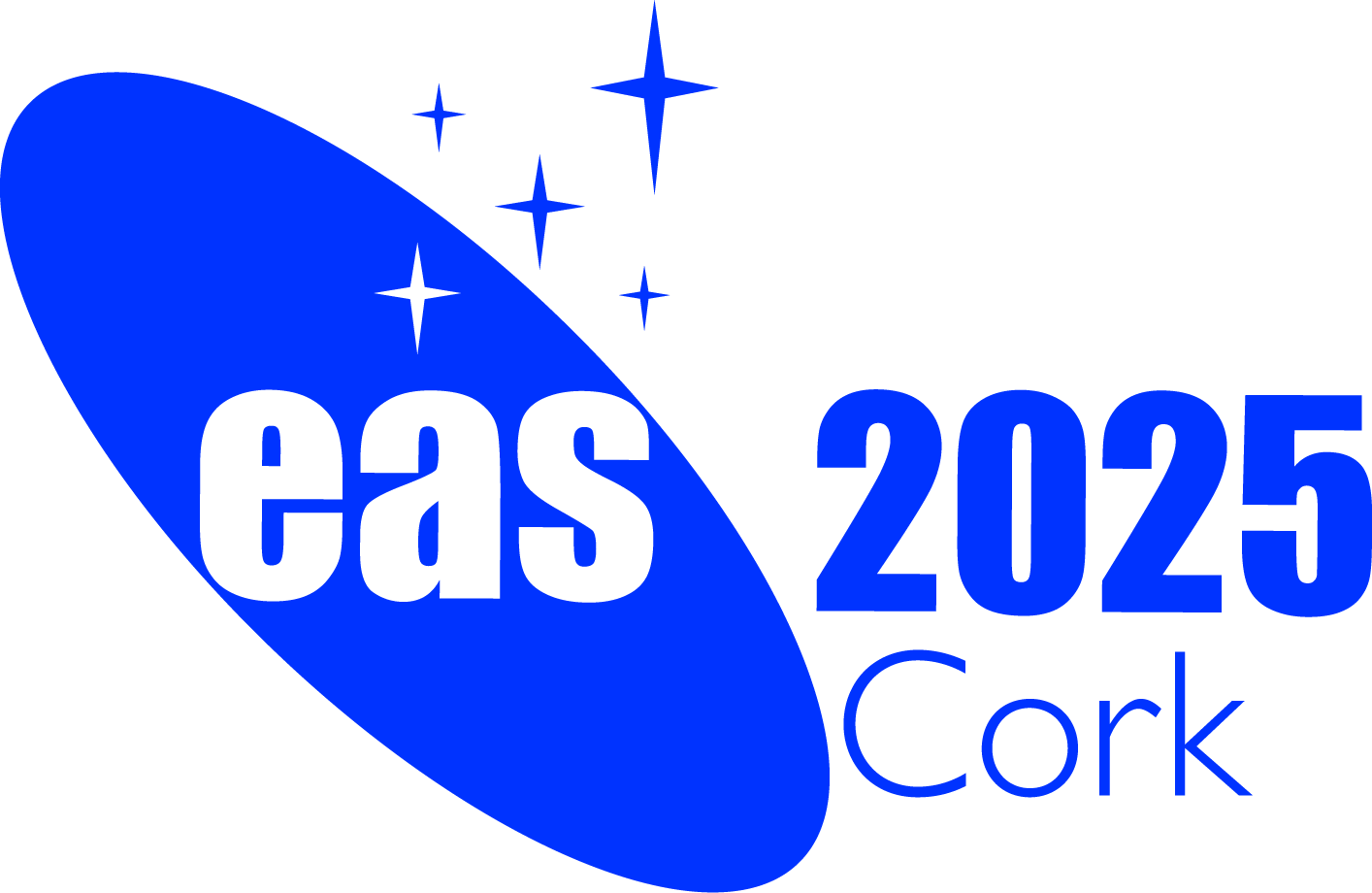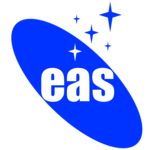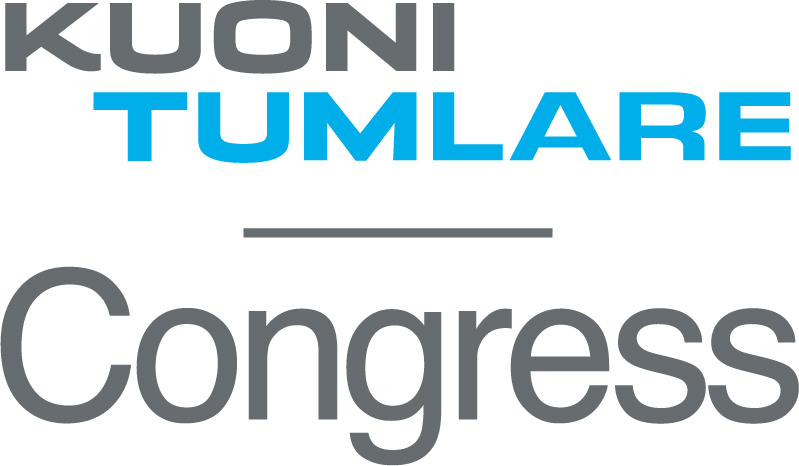Special Session SS40
26 June 2025
Gamma-ray astronomy breakthroughs: New insights in the extreme universe
Aims and scope
 Very-high-energy (VHE) gamma-ray astroparticle physics has attained a level of technical maturity that allows it to position as a distinct astronomical field. With the advent of next-generation gamma-ray facilities, astronomers from various disciplines will soon have the opportunity to utilize VHE data in their research, providing a crucial piece to the puzzle of multi-wavelength studies. Given that VHE gamma-ray astronomy has largely been a niche field, it is essential to communicate the scientific value of VHE data to the entire astronomical community. This is the primary objective of the lunch session we are proposing for the upcoming meeting of the European Astronomical Society. The timing is particularly opportune, as the construction of the Cherenkov Telescope Array Observatory (CTAO) has officially commenced, with the first telescopes set to become operational in the next three years, effectively doubling the existing capabilities in the TeV domain, and opening a new window of exploration in the tens of GeV domain, thanks to the CTAO Large-Sized Telescopes (LSTs). At the same time, particle array detectors are advancing their designs for the next generation facility, i.e. the Southern Wide-field Gamma-ray Observatory (SWGO) that has recently announced its chosen site. It is notable that both gamma-ray detection techniques ? array of imaging Cherenkov telescopes and particle array detectors ? are progressing into this new phase, even though CTAO is ahead in the deployment. This will, in fact, provide researchers the unique opportunity to leverage from the complementarity strengths of each technique, enhancing the overall impact of gamma-ray observations. We propose a lunch session to allow the attendees to benefit from a hands-on session on the VHE data analysis.
Very-high-energy (VHE) gamma-ray astroparticle physics has attained a level of technical maturity that allows it to position as a distinct astronomical field. With the advent of next-generation gamma-ray facilities, astronomers from various disciplines will soon have the opportunity to utilize VHE data in their research, providing a crucial piece to the puzzle of multi-wavelength studies. Given that VHE gamma-ray astronomy has largely been a niche field, it is essential to communicate the scientific value of VHE data to the entire astronomical community. This is the primary objective of the lunch session we are proposing for the upcoming meeting of the European Astronomical Society. The timing is particularly opportune, as the construction of the Cherenkov Telescope Array Observatory (CTAO) has officially commenced, with the first telescopes set to become operational in the next three years, effectively doubling the existing capabilities in the TeV domain, and opening a new window of exploration in the tens of GeV domain, thanks to the CTAO Large-Sized Telescopes (LSTs). At the same time, particle array detectors are advancing their designs for the next generation facility, i.e. the Southern Wide-field Gamma-ray Observatory (SWGO) that has recently announced its chosen site. It is notable that both gamma-ray detection techniques ? array of imaging Cherenkov telescopes and particle array detectors ? are progressing into this new phase, even though CTAO is ahead in the deployment. This will, in fact, provide researchers the unique opportunity to leverage from the complementarity strengths of each technique, enhancing the overall impact of gamma-ray observations. We propose a lunch session to allow the attendees to benefit from a hands-on session on the VHE data analysis.
Programme
- Block 1: The value of VHE data in the multi-wavelength landscape. The session will tackle open questions in gamma-ray astronomy related to extreme astrophysical environments, such as supermassive black holes, pulsars, and violent transient phenomena. It will emphasize how integrating gamma-ray data into a multi-wavelength framework can offer valuable insights.
- Block 2: The capabilities of the next generation facilities, and their synergies. The session will examine the performance of two distinct types of upcoming gamma-ray facilities: arrays of imaging Cherenkov Telescopes like the CTAO, and particle array detectors such as the SWGO. Specifically, it will focus on the CTAO Alpha configuration and the intermediate array configurations that are expected to become operational in the coming years.
- Lunch Block: Hands-on session on VHE data analysis. The users will have the unique opportunity to learn how to analyse the gamma-ray data.
- Block 3: Becoming part of the gamma-ray astronomy: steps and opportunities. The session will explore opportunities for engaging with the gamma-ray community, focusing on access policies, open science practices, and user support.
Invited speakers
Scientific organisers
Dr. Ulisses Barres de Almeida (CBPF, Brazil)
Dr. Giacomo Bonnoli (INAF, Italy)
Prof. J. Hinton (MPIK, Germany)
Dr. Petra Huentemeyer (Univ Wisconsin, USA)
Dr. Alicia Lopez-Oramas (IAC, Spain)
Prof. Masahiro Teshima (ICRR, Japan)
Dr. Roberta Zanin - Chair (CTAO)
Contact
Roberta.Zanin @ cta-observatory.org
Updated on Wed Feb 12 11:31:27 CET 2025

 A power cut will shut down all EAS services on Tuesday, 10 January 2017 starting at 7:30 CET.
A power cut will shut down all EAS services on Tuesday, 10 January 2017 starting at 7:30 CET.

